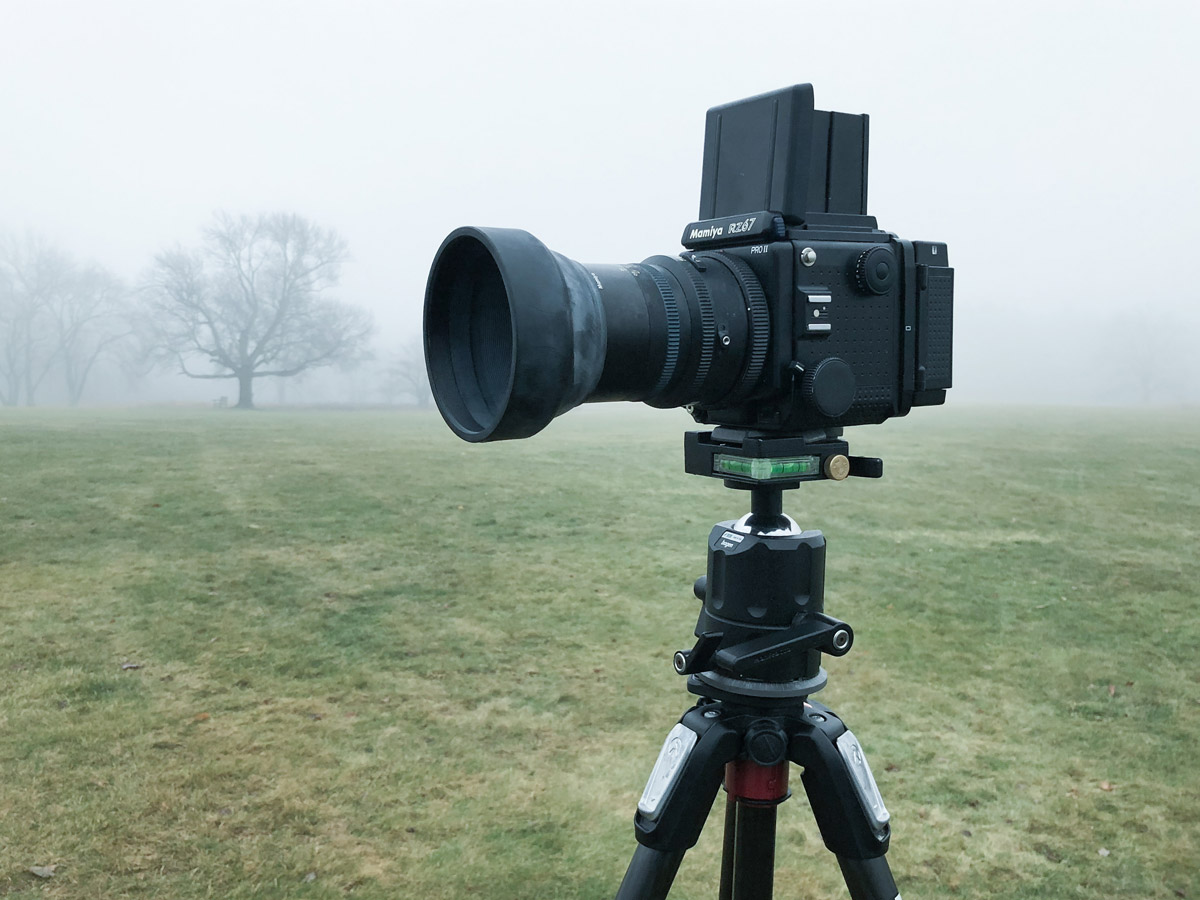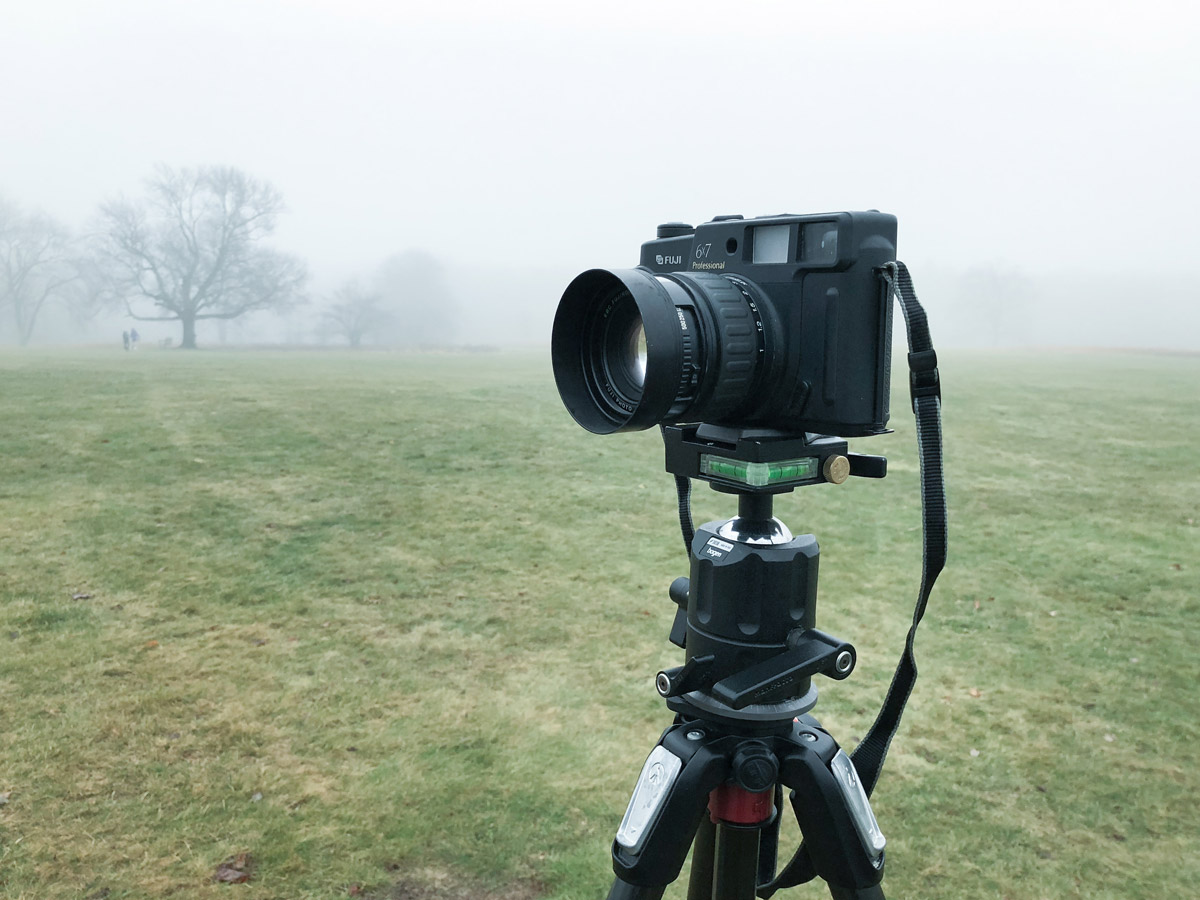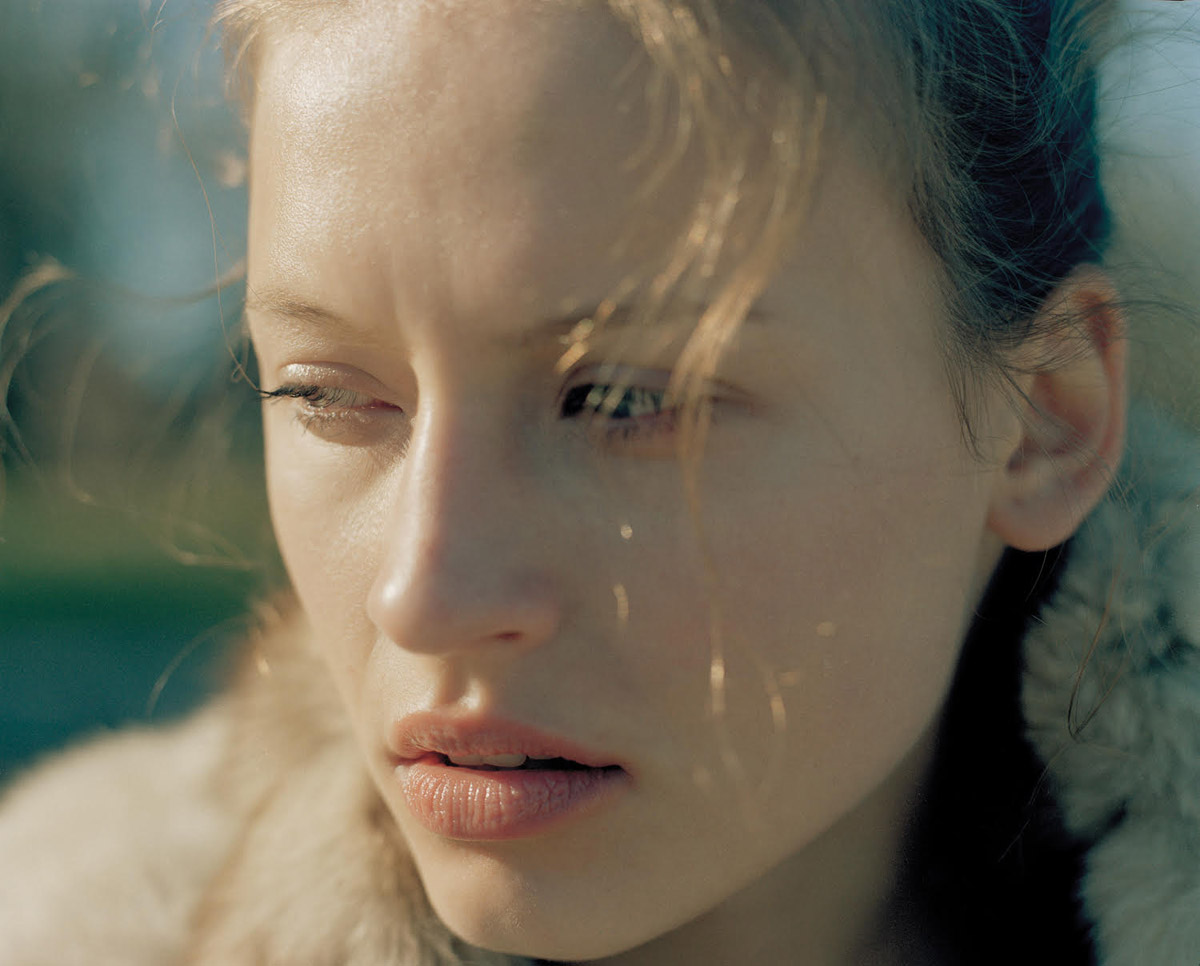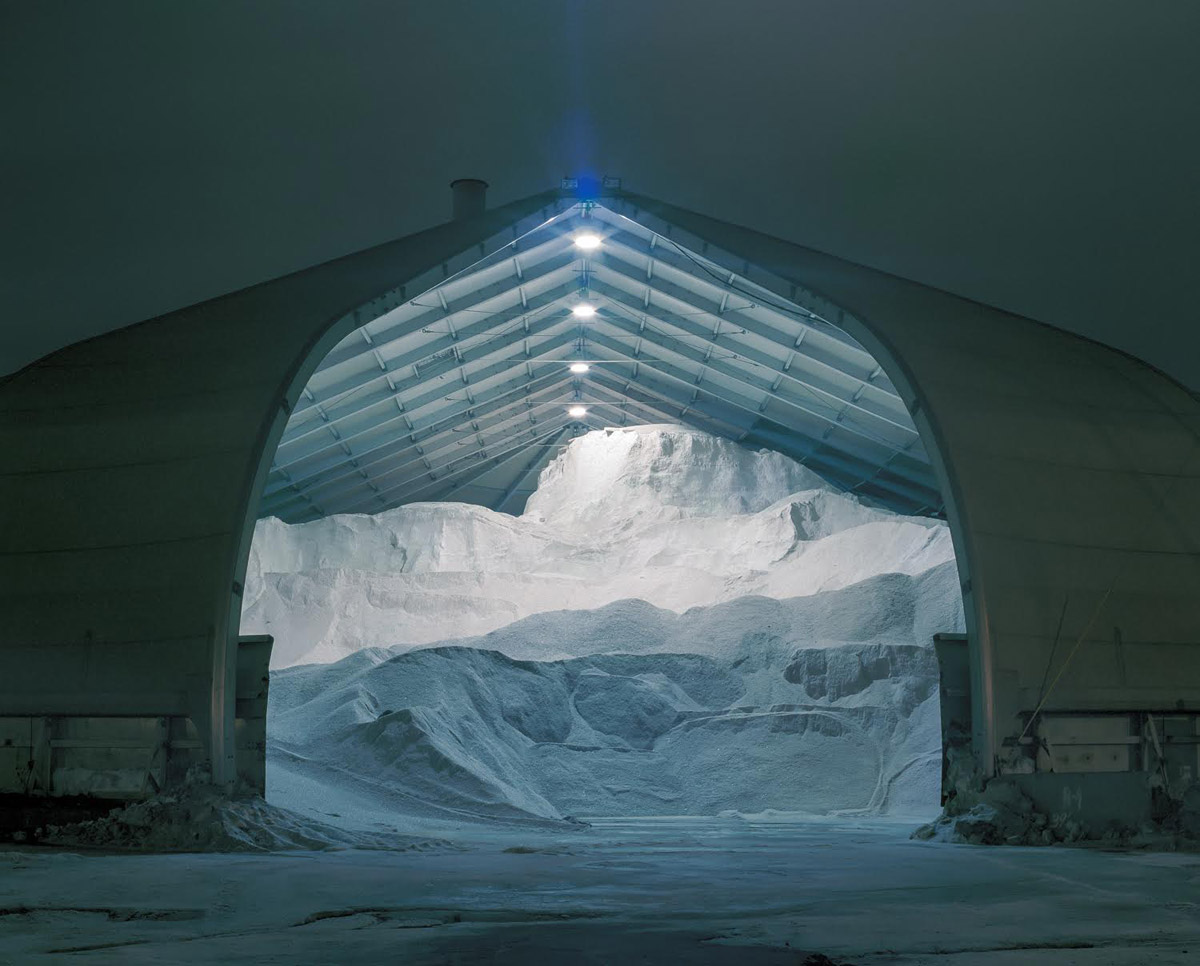Camera Stories is an on-going series where we ask photographers to tell us about their favourite cameras, and give us the stories behind images they captured with them. This instalment features New York-based photographer Lane Coder.

I began using my Mamiya RZ 67 Pro II in 2000 and I used it consistently until 2010, when I made my full transition to digital. The RZ was my camera of choice for my personal work and a lot of my clients requested me to to shoot film on professional jobs, even through digital had become the standard at that time. They really liked the process I used with my film and the look it rendered once the image was on paper. During college I came up with a very specific push/pull process with my film that gave the photographs a painterly quality. I was drawn to this aesthetic because I had been studying painting/fine art before I began studying photography. I would always shoot Kodak Portra 400 NC, over expose the film, pull it in the processing, and then print on Kodak Portra Endura or Fujicolor Crystal Archive with low contrast and matte surfaces. I also did most of my printing on a Durst enlarger.
I love the RZ because of the 6×7 format and how much of a workhorse it is, for such a big camera, the functionality is superb. You can simply rotate the film back to go from a horizontal frame to a vertical frame very quickly. The focus wheel is quick and accurate. I always kept the camera on a tripod because I do a lot of landscape work, which I shoot at a high depth of field (F 22), so the exposures were long. The RZ was great for environmental portraits too but due to the over exposure from the push/pull process and the higher depth of field (F 8-11), again the exposures were long, so I really couldn’t hand-hold such a heavy and large camera.

Then I decided to purchase a Fuji GWXIII 670 for my work that needed to be shot handheld and generally shot it with a more shallow depth of field (2.8-5.6), mainly for portraits. It is also a 6×7 medium format camera and even though it looks big, it is very lightweight and perfect to hold, even in low light. Also, the results were identical to the RZ, which kept things consistent.

This portrait was taken on a very cold winter day in Ridgewood, New Jersey while visiting my roommate’s family. The model’s name was Isabella and she was a friend of my then girlfriend. It was around 2005, I had recently graduated from art school and I was working on my portfolio. I was looking to do a series of hazy, natural light portraits using the mid-winter sunlight. I was fascinated with Isabella’s face and wanted to do something almost cinematic. I liked how her lips were chapping from the cold air and the gaze in her eyes. She barely needed any direction, she just knew what I was looking for.
I took this photograph handheld with my Fuji GWXIII 670. I used a very shallow depth of field, around F4, which gave me a fast shutter allowing me to handhold the camera.
The following year the pictures helped me land my first advertising campaign for Coca Cola.

This image was taken across the street from my old apartment in Brooklyn, NY in the Brooklyn Navy Shipyard. Every time I would drive by this salt dome at night I would think of ways to jump the surround fence and photograph it but I wanted to shoot it with a high depth of field and I knew the exposures would be long, so sneaking in was not an option. I eventually found the number of the person I needed to get permission from and pleaded with him to gain access at night. He finally agreed and I spent about an hour and half doing long exposures with my Mamiya RZ on a tripod with a cable release. The cable release was essential for this kind of work with the RZ because the shutter was so violent, it would shake the camera and cause image to blur. I shot the photograph at F22 and I think the shutter was open for somewhere between 30 seconds to a minute.
Related Articles

